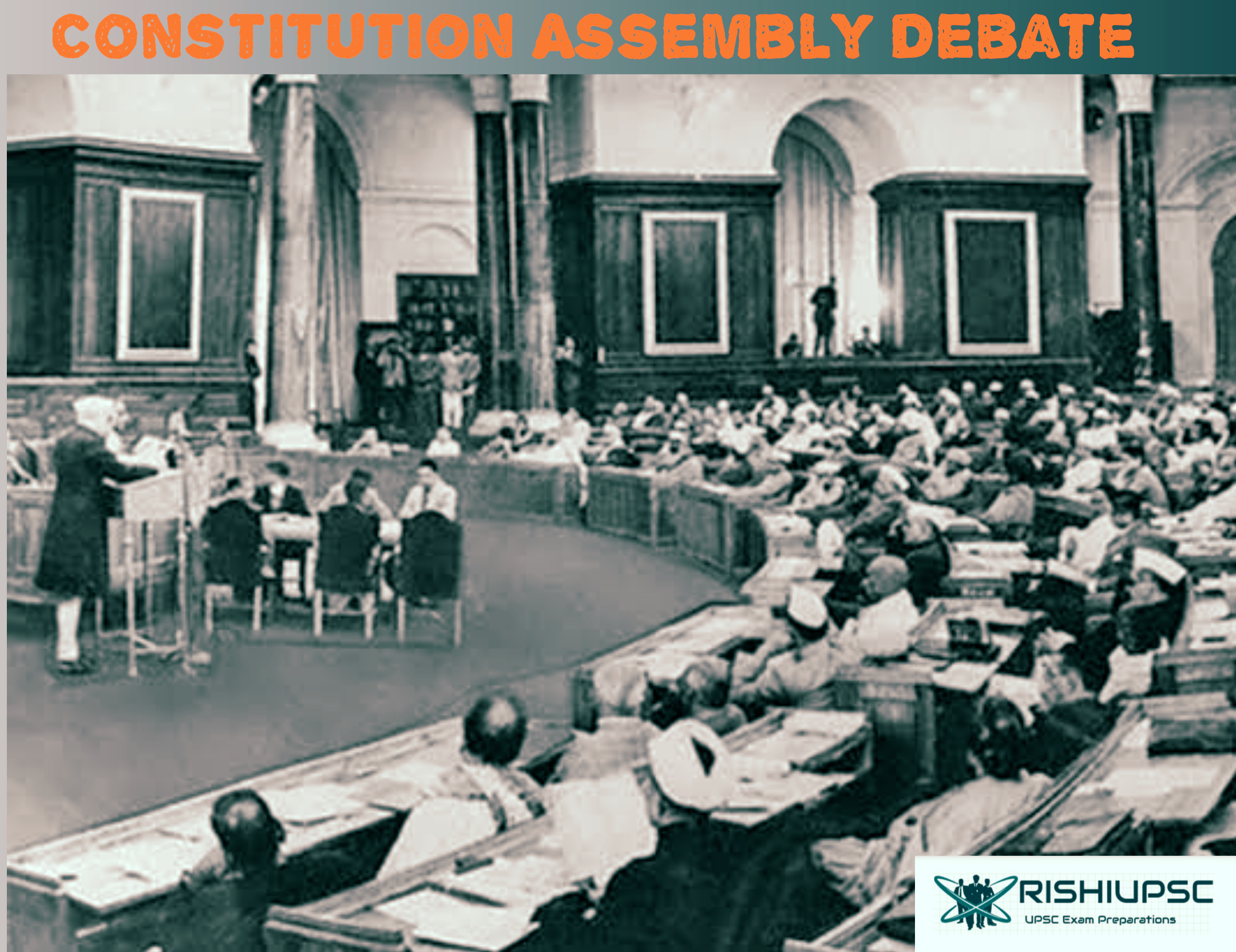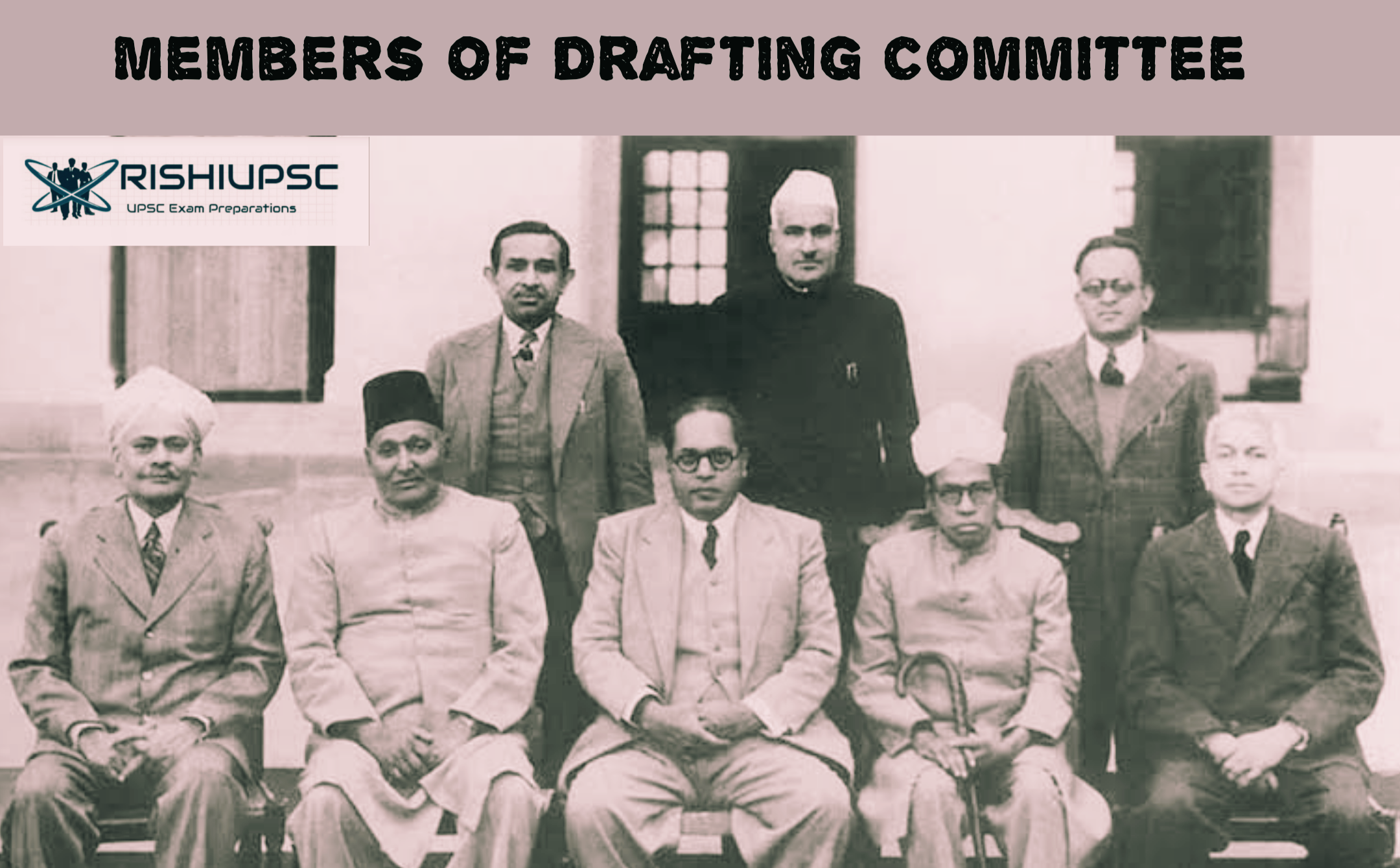What is Constitution :
Constitution is a body of fundamental principles or established precedents according to which a state or other organization is acknowledged to be governed.
A constitution is an aggregate of fundamental principles or established precedents that constitute the legal basis of a polity, organisation or other type of entity and commonly determine how that entity is to be governed.
A single written document that embodies all the fundamental and organic laws and principals of a country or state.
Purpose Of constitution :
1. The most critical function of a constitution is to provide a set of basic rules that allow for optimal coordination amongst members of the state.
2 A constitution is a body of necessary codes according to which a state is constituted and governed.
3 The constitution specifies the necessary allocation of power between the various segments of the state.
4. Indian diversities necessitated a Union of states, and the freedom movements favoured a democratic form of government. For example, Accordingly the Parliament in India decides laws and policies.Constitution empowers the government to fulfill the aspirations of a society and create conditions for a just society.
5.The part four of the Indian Constitution has provisions for the government to make laws to address many problems prevalent in Indian society.
6.The constitution expresses the fundamental identity of the people in a country. People in a community may have many similar ethnic identities that exist before the enactment of the constitution.
7.The people of a country will have a political identity after the promulgation of the structure by accepting the fundamental laws of the state put forth by the constitution.
8.The individual’s objectives, aspirations, and freedoms should comply with the constitutional regulations of a country.
9.The constitution puts forth specific fundamental laws which cannot be violated by its citizens.
10. It also protects certain fundamental rights of the people living in a country.
11. The constitution of a country defines who are all the citizens of a nation.
12.It also sets the framework that illustrates the relationship between the states or parts of a country with each other and even with the central government.
13 Most of the constitutions in the world are written documents that comprise many articles and schedules.
14.There are still a few constitutions like that of the United Kingdom which do not have one single document, which could be called as a district constitution.
Indian Constitution Making :
1. The Constituent Assembly of India came into existence as per the provisions of Cabinet Mission Plan of May 1946. Its task was to formulate constitution/s for facilitating appropriate transfer of sovereign power from British authorities to Indian hands.
2. The Assembly was to have proportional representation from existing provincial legislatures and from various princely states. Bulk of these elections was completed by the end of July 1946, under the supervision of Reforms Office under Governor General (Viceroy).
3. The Assembly was to have three sections: Punjab & North-West, Bengal-Assam and Rest of India. The Constitutions were to be formulated for Indian Union, each Section and for each of the Provinces therein. The Muslim League, which had won bulk of the 80 Muslim seats and dominated two smaller Sections, chose not to participate so the Assembly never convened separately in sections.

4. Provinces and princely states or group of states were allotted seats proportional to their respective population roughly in the ratio of 1:1 million.
5. The provinces were to elect 292 members while the princely states were to send a minimum of 93 seats.
6. The seats of each province were distributed among three main communities, namely, the Hindus, Muslims, and Sikhs, in proportion to their respective populations in their province.
7. Members of each community in the Provisional Legislative Assembly elected their representatives by the method of proportional representation with a single transferable vote.
8.The method of selection of representatives
of Princely States was to be determined by
the princely states themselves.
Meeting Of Constitution Assembly :
1. The 1st meeting of the Constituent Assembly took place in Constitution Hall, New Delhi, on Monday, the 9th December 1946, at Eleven of the Clock.
2. The title of the first debate was “Election of Temporary Chairman,” Acharya J. B. Kripalani (United Provinces: General) requesting Dr. Sachchidananda Sinha to take the Chair as temporary Chairman
3. The Final meeting held on 24 – 01 – 1950.with the title of “Signing of the Constitution” and Dr. Rajendra Prasad is the Chairman of the debate.
4. The Constituent assembly debate consists of 12 Volume and it held between 9th December 1946 to 24th January 1950.
Assembly held 12 sessions, or rounds of sittings:
December 9-23, 1946,
January 20- 25, 1947,
April 28- May 2, 1947,
July 14- 31, 1947,
August 14- 30, 1947,
January 27, 1948,
November 4, 1948-January 8, 1949,
May 16- June 16, 1949,
July 30-September 18, 1949,
October 6-17, 1949,
November 4-26, 1949,
January 24, 1950.
Drafting the Constitution and it’s committe :
On 29th August 1947, the Constituent Assembly through a resolution appointed a Drafting Committee to
‘…scrutinise the draft of the text of the Constitution of India prepared by Constitutional Adviser, giving effect to the decisions already taken in the Assembly and including all matters which are ancillary thereto or which have to be provided in such a Constitution, and to submit to the Assembly for consideration the text of the draft constitution as revised by the committee...’
The Drafting Committee had seven members:
1. Alladi Krishnaswami Ayyar
2 .N. Gopalaswami
3. B.R. Ambedkar
4. K.M Munshi
5.Mohammad Saadulla
6. B.L. Mitter
7. D.P. Khaitan.

At its first meeting on 30th August 1947, the Drafting Committee elected B.R Ambedkar as its Chairman.
Towards the end of October 1947, the Drafting Committee began to scrutinise the Draft Constitution prepared by the B.N Rau, the Constitutional Advisor. It made various changes and submitted the Draft Constitution to the President of the Constituent Assembly on 21 February 1948.
The Drafting Committee and its members were very influential in Indian constitution-making during the Committee stages and the deliberations of the Constituent Assembly. Majority of the debates in Constituent Assembly revolved around the Draft Constitution(s) prepared by the Drafting Committee. Out of 166 sittings of the Constituent Assembly, 114 were spent debating the Draft Constitution(s).
